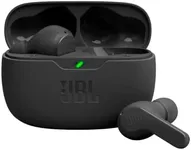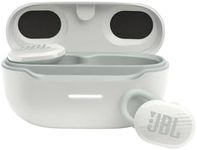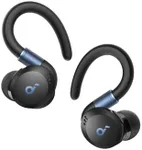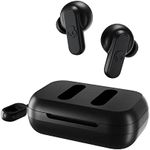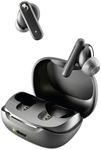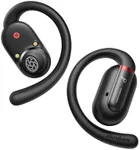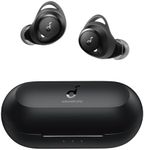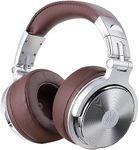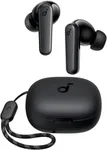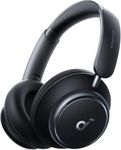Buying Guide for the Best Affordable Earbuds
Choosing affordable earbuds can be a bit overwhelming because there are so many options out there, each with different features and specifications. The key is to focus on what matters most for your daily use, such as comfort, sound quality, battery life, and how you plan to use them—whether it's for commuting, working out, or just casual listening. By understanding the main specifications and how they relate to your needs, you can make a smart choice that gives you the best value and satisfaction.Sound QualitySound quality refers to how clear, balanced, and enjoyable the audio is when you listen to music, podcasts, or calls. This is important because it directly affects your listening experience. Earbuds can have different sound profiles—some may have more bass, while others focus on clear vocals or balanced sound. If you love deep bass for energetic music, look for earbuds that mention enhanced bass. If you prefer podcasts or classical music, clarity and balanced sound are more important. Try to read user reviews or look for terms like 'balanced,' 'bass-heavy,' or 'clear mids and highs' to match your preferences.
Comfort and FitComfort and fit describe how well the earbuds sit in your ears and how comfortable they feel during long use. This is crucial because uncomfortable earbuds can cause pain or fall out easily, especially during movement. Earbuds usually come in different shapes and may include various ear tip sizes. If you plan to wear them for long periods or during exercise, look for lightweight designs and multiple ear tip options. Testing different sizes or styles can help you find the best fit for your ears.
Battery LifeBattery life tells you how long the earbuds can play music or take calls before needing a recharge. This is important if you use them for long stretches, like during travel or work. Battery life is usually given in hours, and affordable earbuds often range from 3 to 8 hours per charge, with extra charges available from the case. If you need all-day use, look for longer battery life or a charging case that provides multiple recharges. For short, casual use, shorter battery life may be enough.
ConnectivityConnectivity refers to how the earbuds connect to your devices, usually via Bluetooth. The Bluetooth version can affect connection stability and range. Most modern earbuds use Bluetooth 5.0 or higher, which offers better range and fewer dropouts. If you want to move around freely without losing connection, look for newer Bluetooth versions. Also, check if the earbuds pair easily with your phone or computer, especially if you switch devices often.
Controls and FeaturesControls and features include things like touch controls, physical buttons, built-in microphones, and water resistance. These can make using the earbuds more convenient. For example, touch controls let you play or pause music without reaching for your phone, while water resistance is useful if you plan to use them during workouts or in the rain. Think about your daily routine—if you take a lot of calls, a good microphone is important; if you exercise, water resistance and secure fit matter more.
DurabilityDurability is about how well the earbuds can withstand daily wear and tear, including drops, sweat, or being carried in a bag. This is important if you want your earbuds to last. Look for build quality, materials used, and any mention of water or sweat resistance (often shown as an IP rating). If you’re rough on your gear or use earbuds outdoors, prioritize more durable options.
